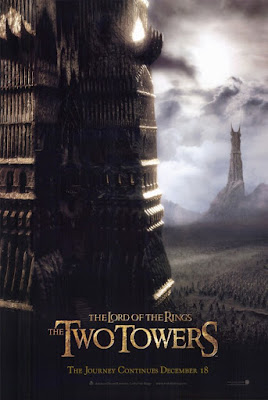There is a lot that can go wrong when bringing a musical to
film. One of the many problems the genre has had is putting the forward motion
of the story on hold while characters sing and dance around for ten minutes.
There are ways around it, and for director Damien Chazelle and his original
romantic musical LA LA LAND, the solution came down to one word; pathos.
Mia (Emma Stone) is an aspiring actress who longs to be a
star, and spends her days flunking auditions and struggling through her job as
a barista. She meets Sebastian (Ryan Gosling), who is an aspiring jazz musician
who longs to open a traditional jazz club, and spends his days going from one
odd gig to the next. The two meet and begin a love affair, while trying to keep
their dreams in sight.
Pathos can be defined as an appeal to the emotions of the
audience and drawing out feelings that already exist inside them. It is
essential to all stories, especially film, where drawing an emotional
connection from the audience to the characters is what drives a movie. LA LA
LAND goes through great lengths, nearly the entire run of the film, to make us
feel for the two characters as they pour their heart and soul into chasing
their dreams, and crash and burn and rise again. Things take an even deeper
turn when their relationship actually gets in the way of their respective
goals; stay together and fail, or split up and achieve…and the hard choices
they have to make are very grounded and real-world, which makes the film very
relatable.
As grounded as the film is, it completely soars as a
musical. It is saturated in classic film and jazz lore; tossing in references
and winks and nods to the most recognizable moments in the respective genres.
The musical numbers are scattered here and there and come at just the right
times (there’s more than enough dialogue in-between), and many of them are
presented in some unbelievable, long unbroken tracking-shots which have to be
seen to be believed. The film pops
off the screen with color and energy, and director Damien Chazelle keeps the
pacing tight and the humor well-timed.
Chazelle gets tremendous performances out of his two leads.
Ryan Gosling finally breaks out of his goddamn blank-stare routine and is
purely charming, and his actual piano playing is a delight. His singing tends
to lean towards a whisper but it works. Emma Stone is equally wonderful and
fares better when having to stretch her pipes, and her third-act solo is a
heartbreaker. The supporting cast of John Legend, and J.K. Simmons are very
good in their limited use.
Famed author Truman Capote once had a great quote about how
achieved dreams can be more painful than ones that are lost, and that seems to
be what LA LA LAND is channeling, especially in the last 15 minutes in which
Chazelle takes his characters, and the film into a startling and emotional
musical sequence which elevates the film from very good to flat-out greatness. LA
LA LAND accomplishes a lot by the time the credits roll; it is a love-letter to
the arts and a message about chasing dreams…but most of all it works as a film
in which everyone can relate to and really hope for a happy ending.
BOTTOM LINE: See it



















